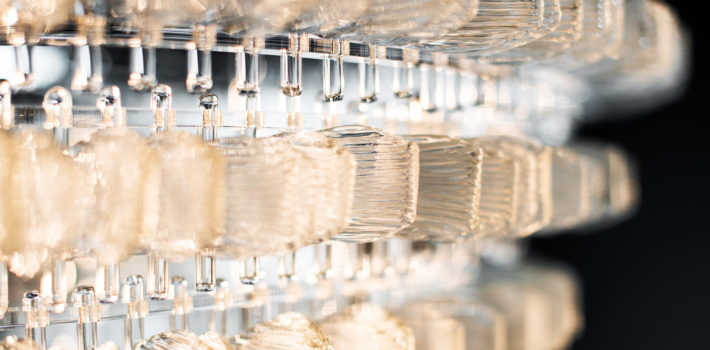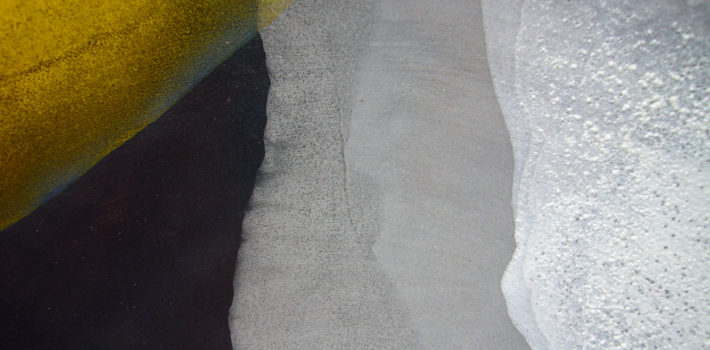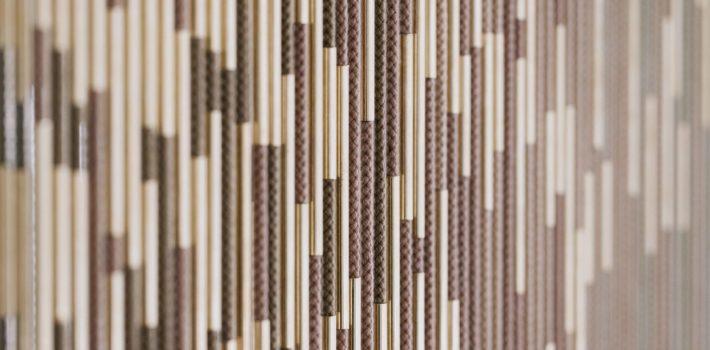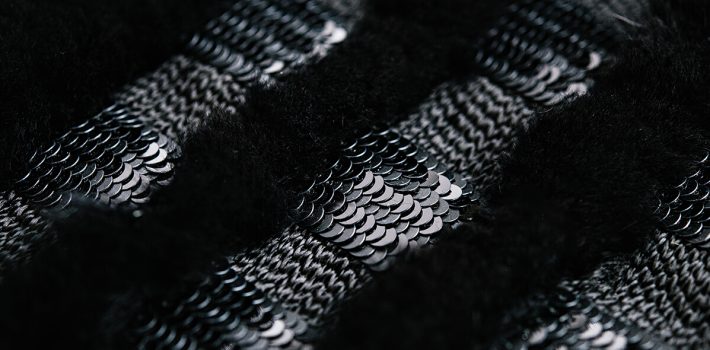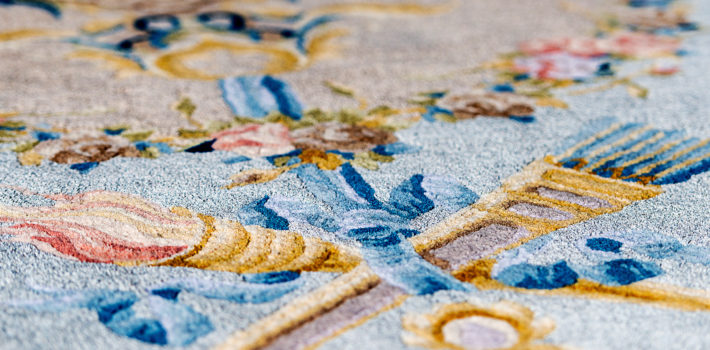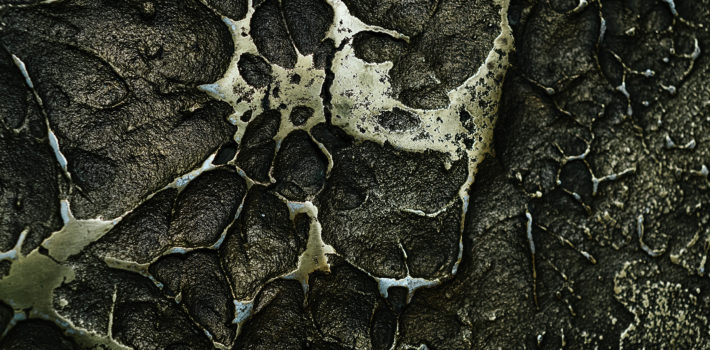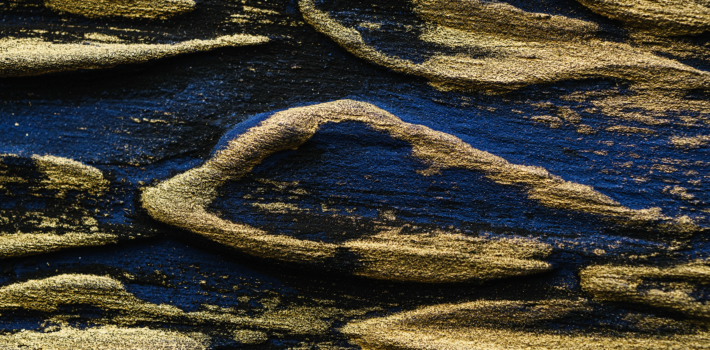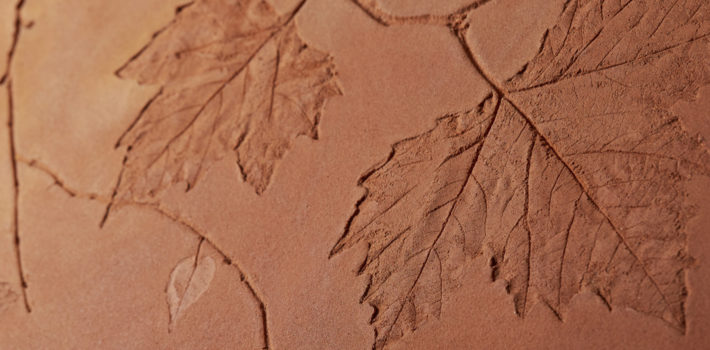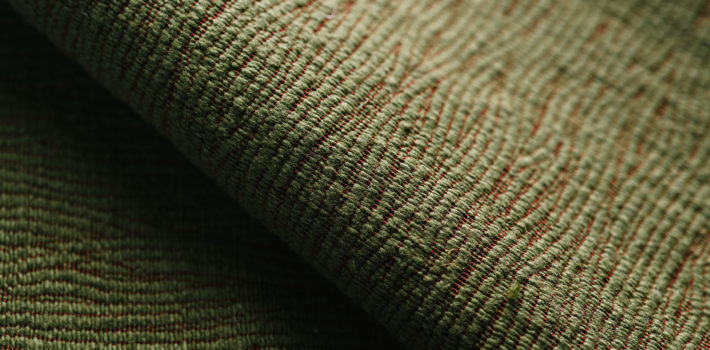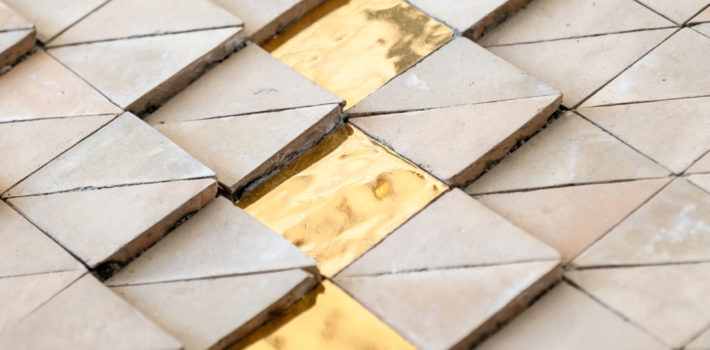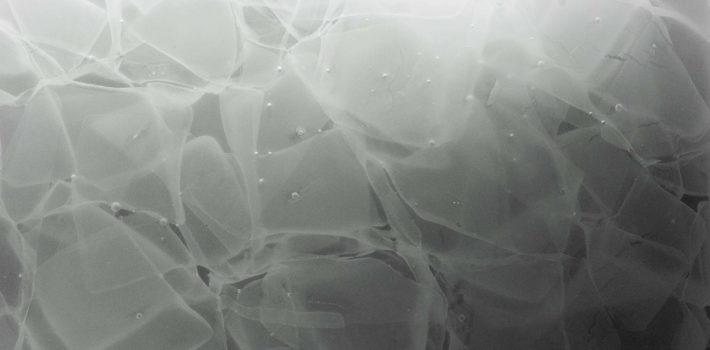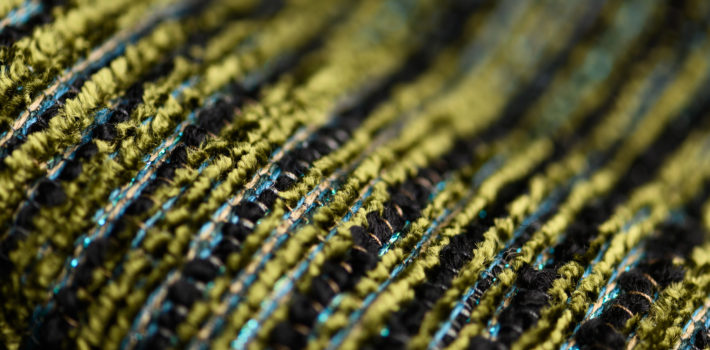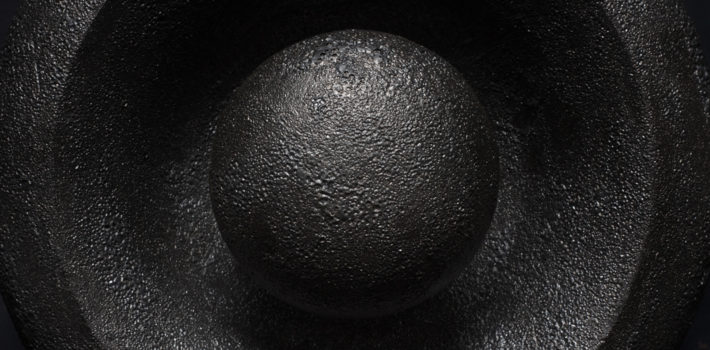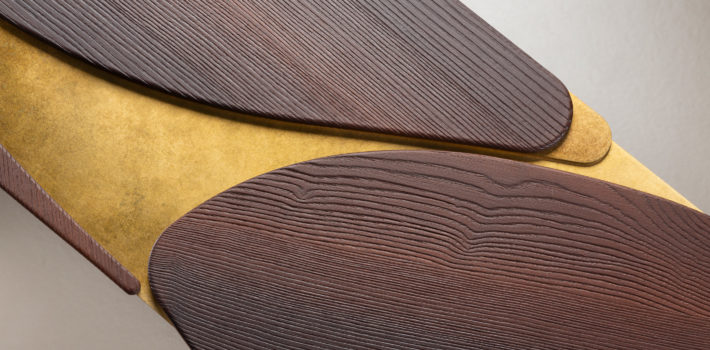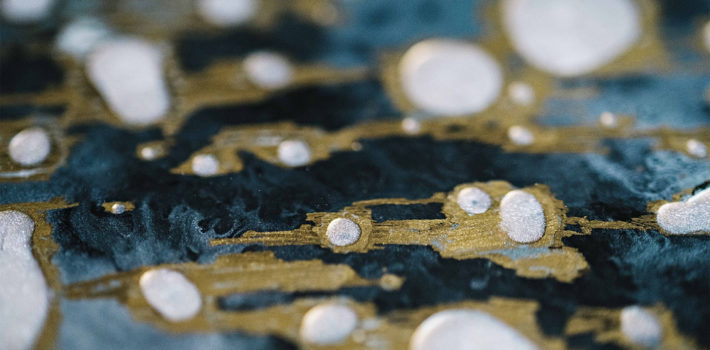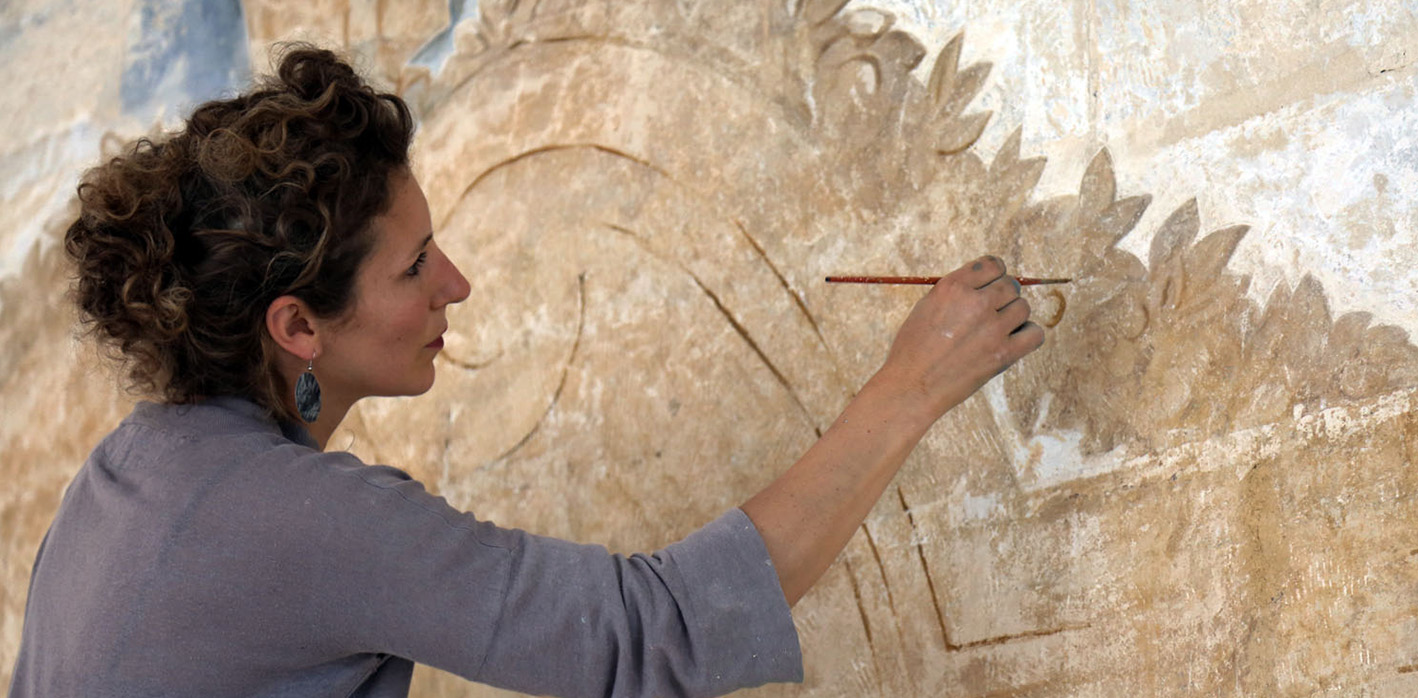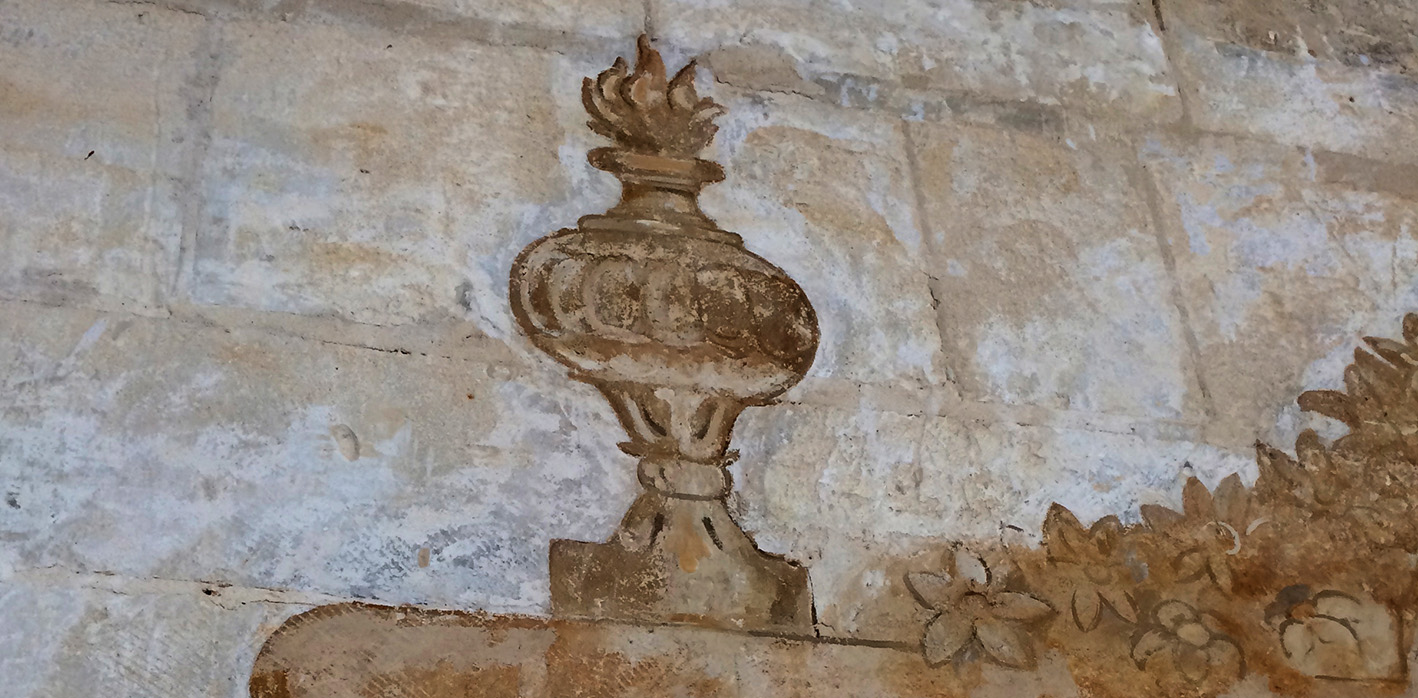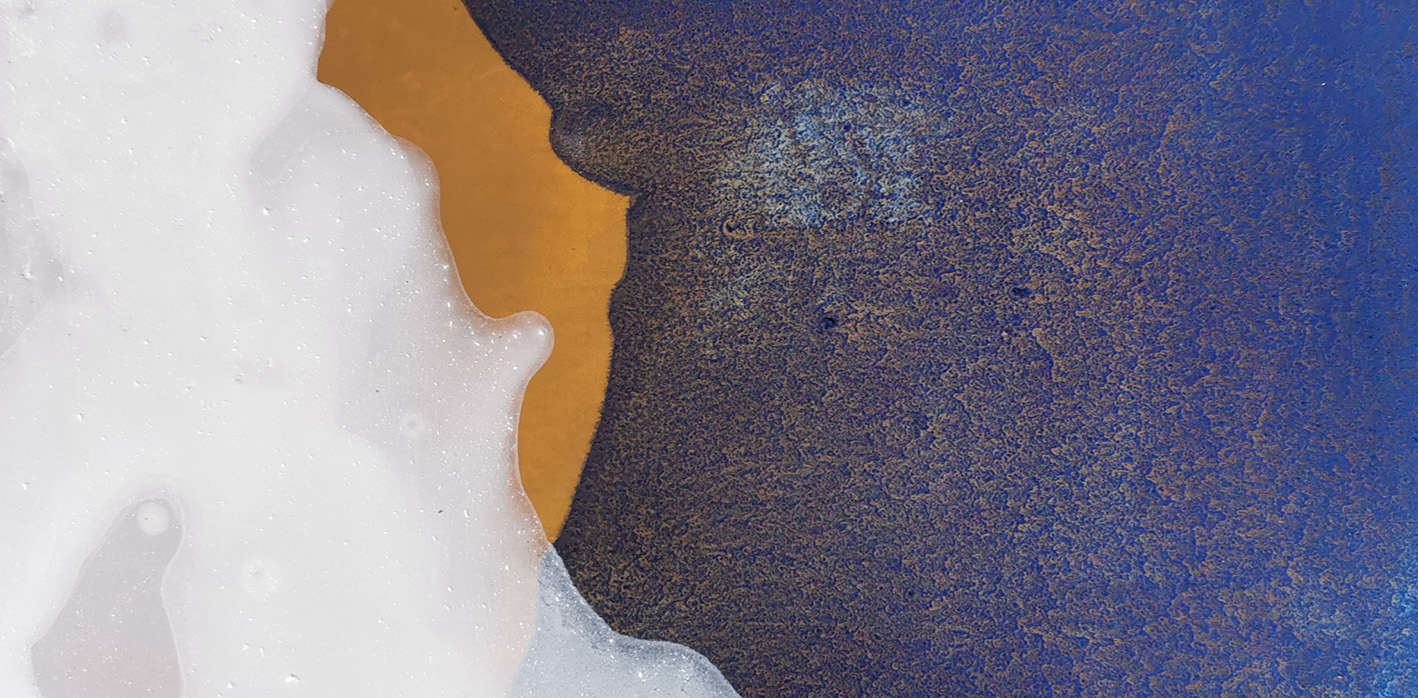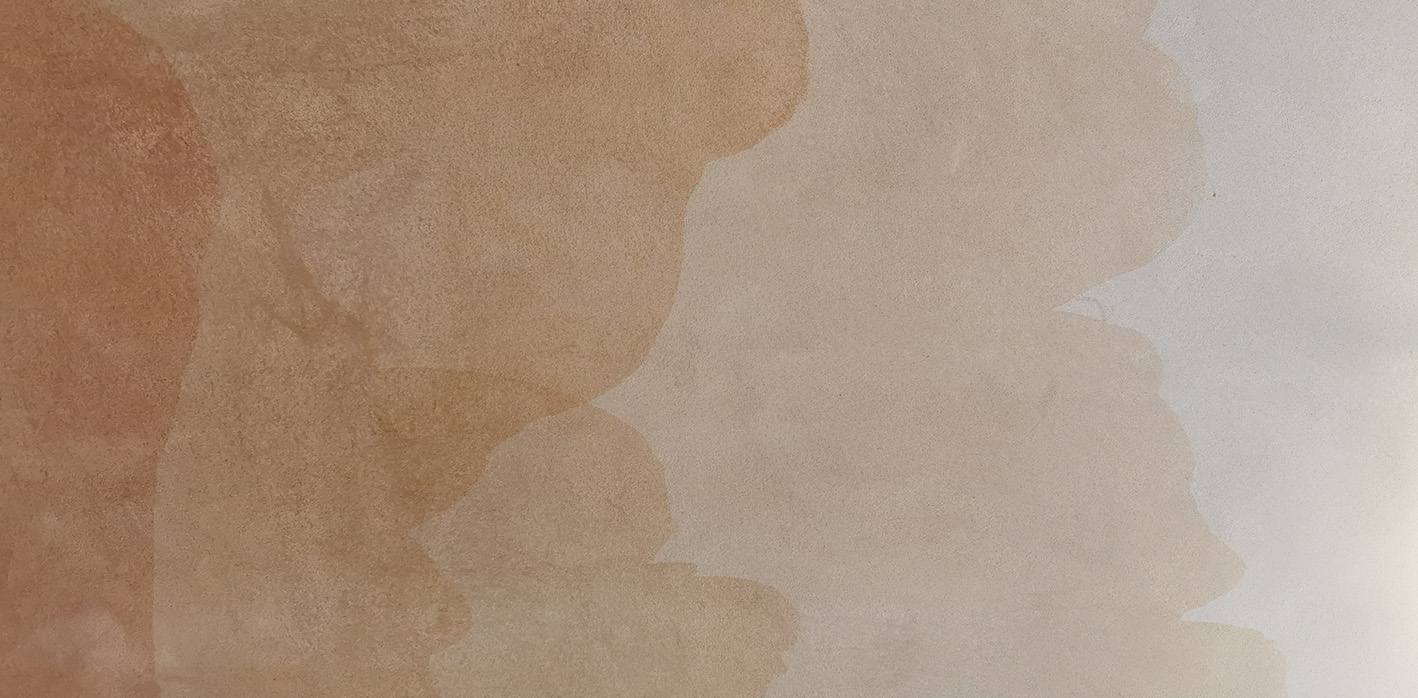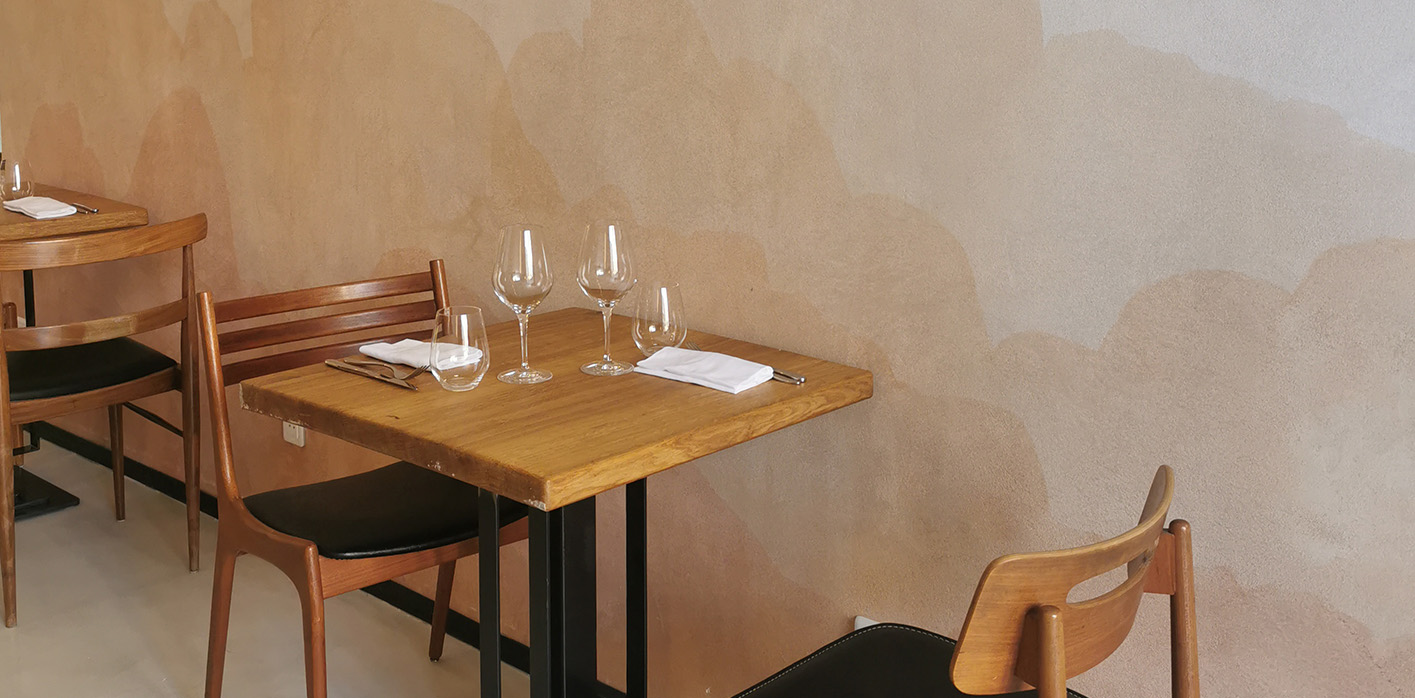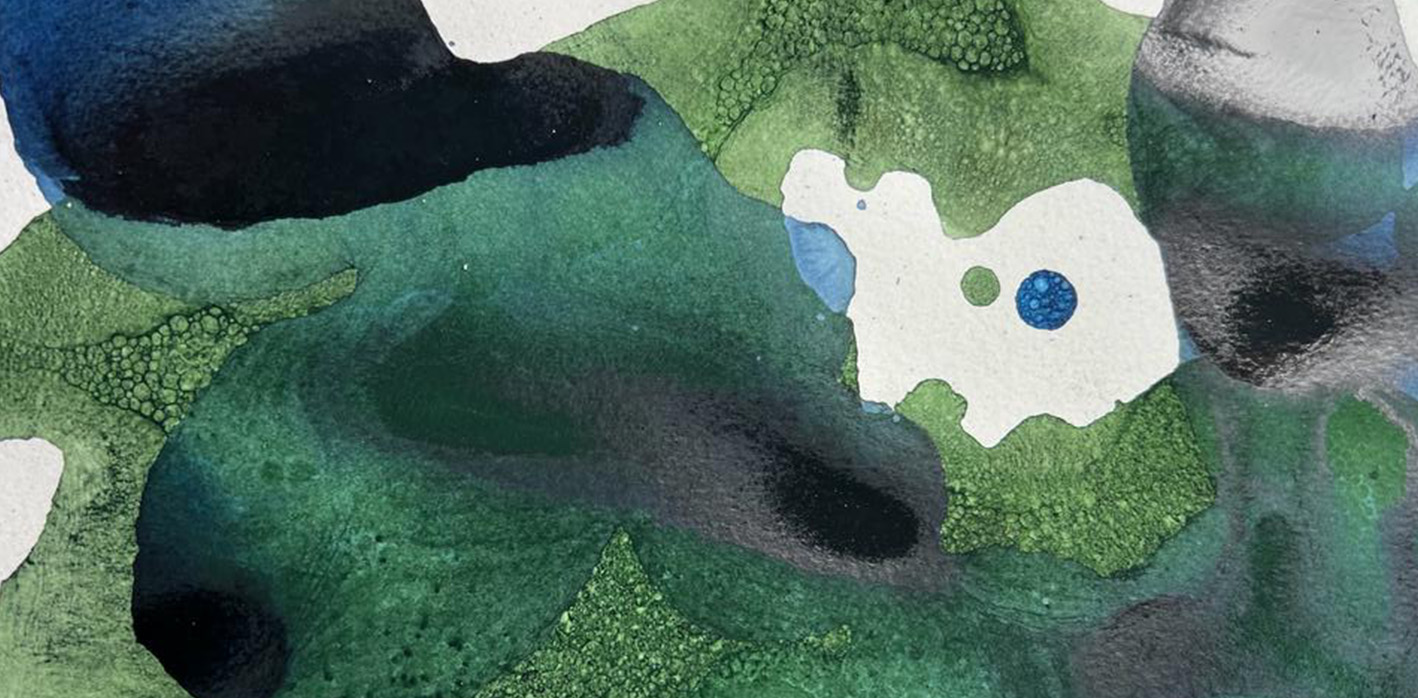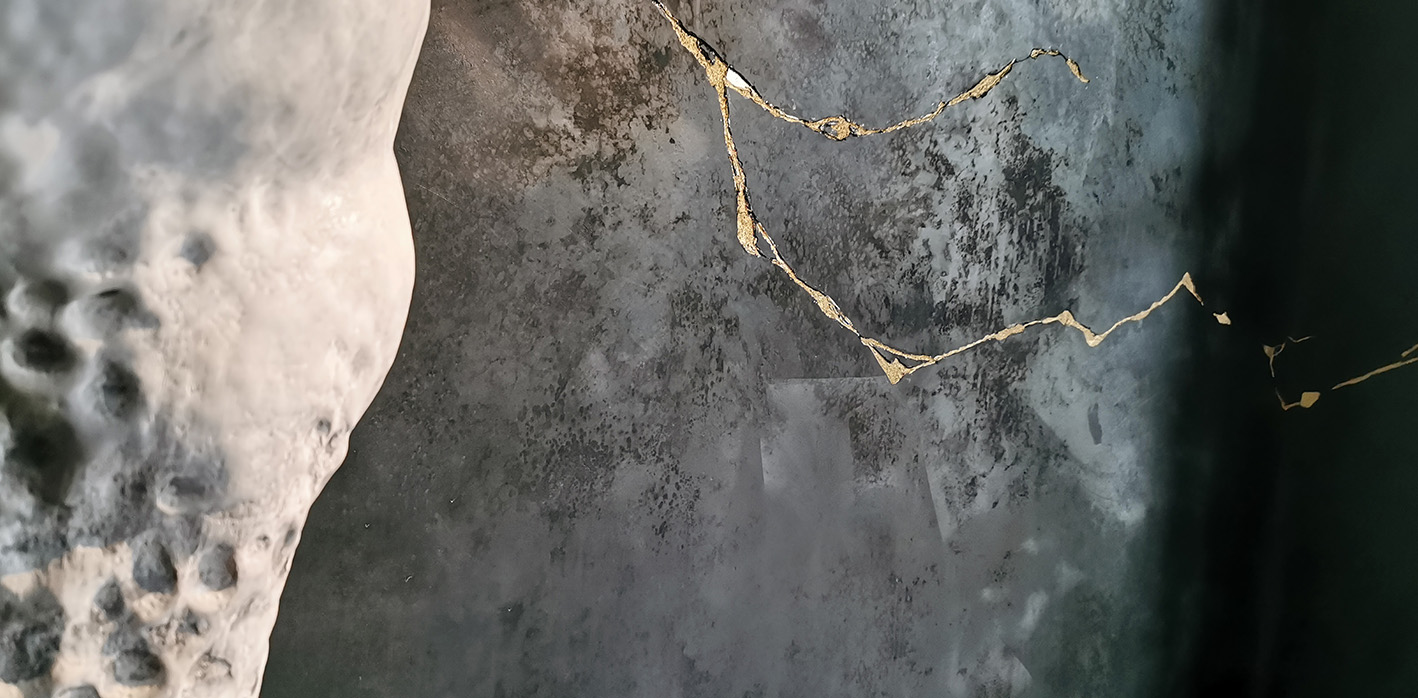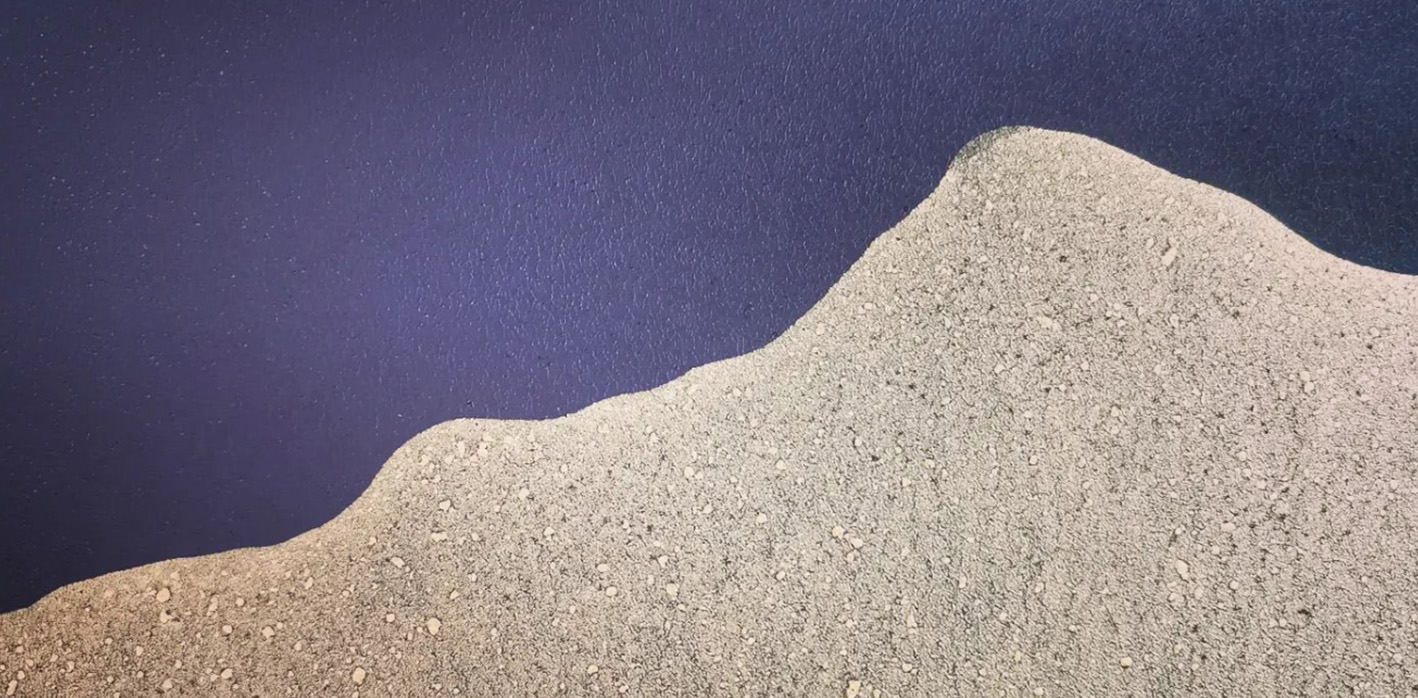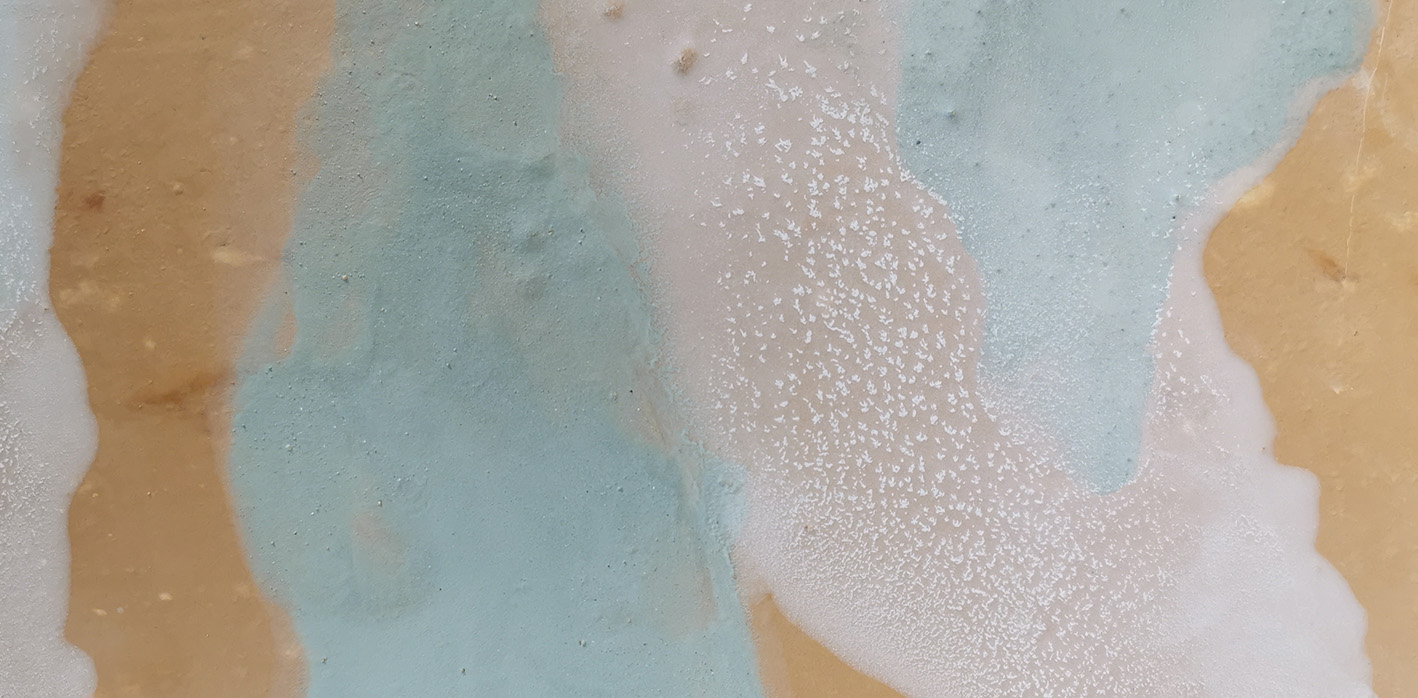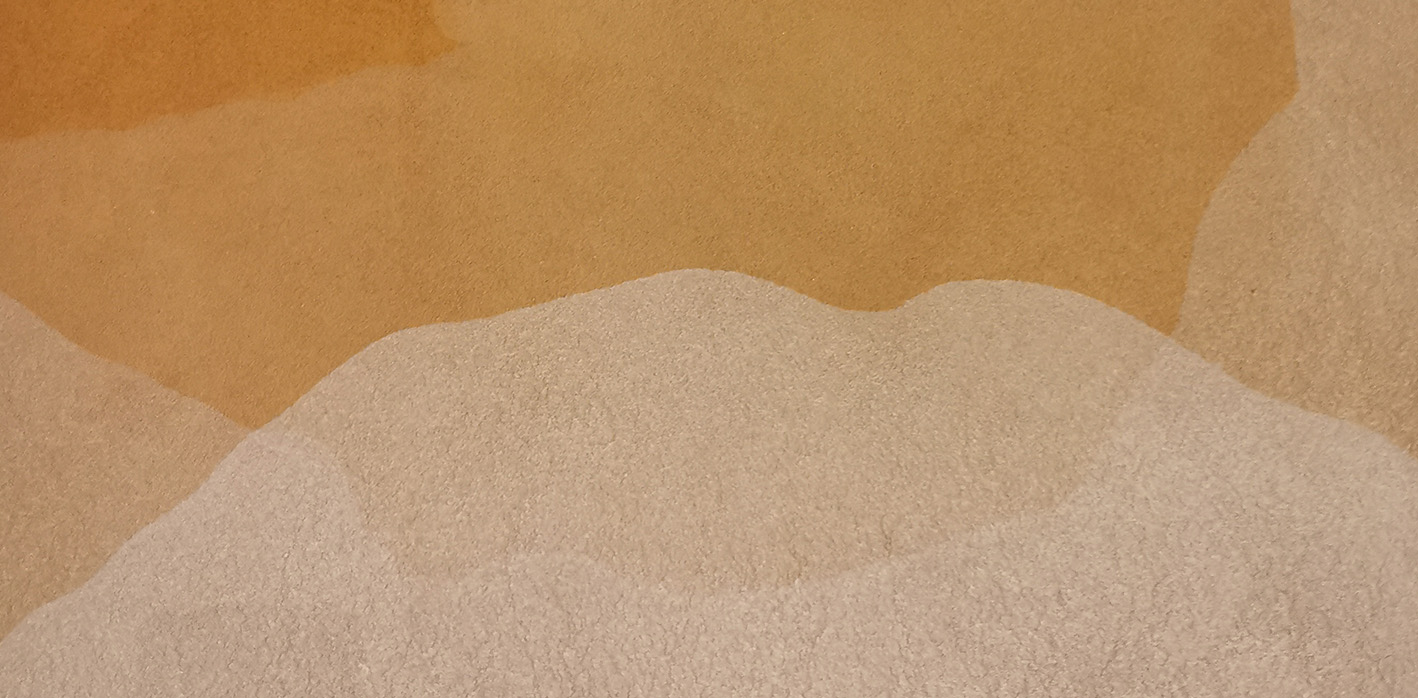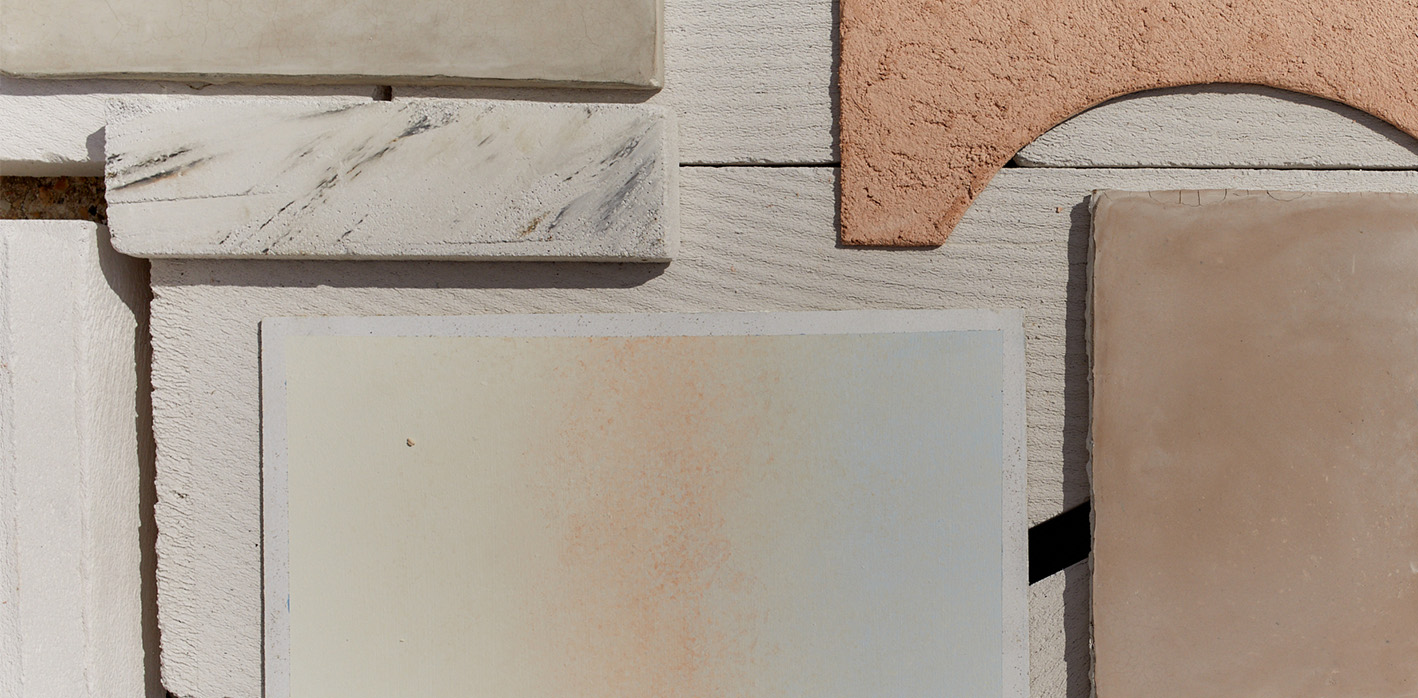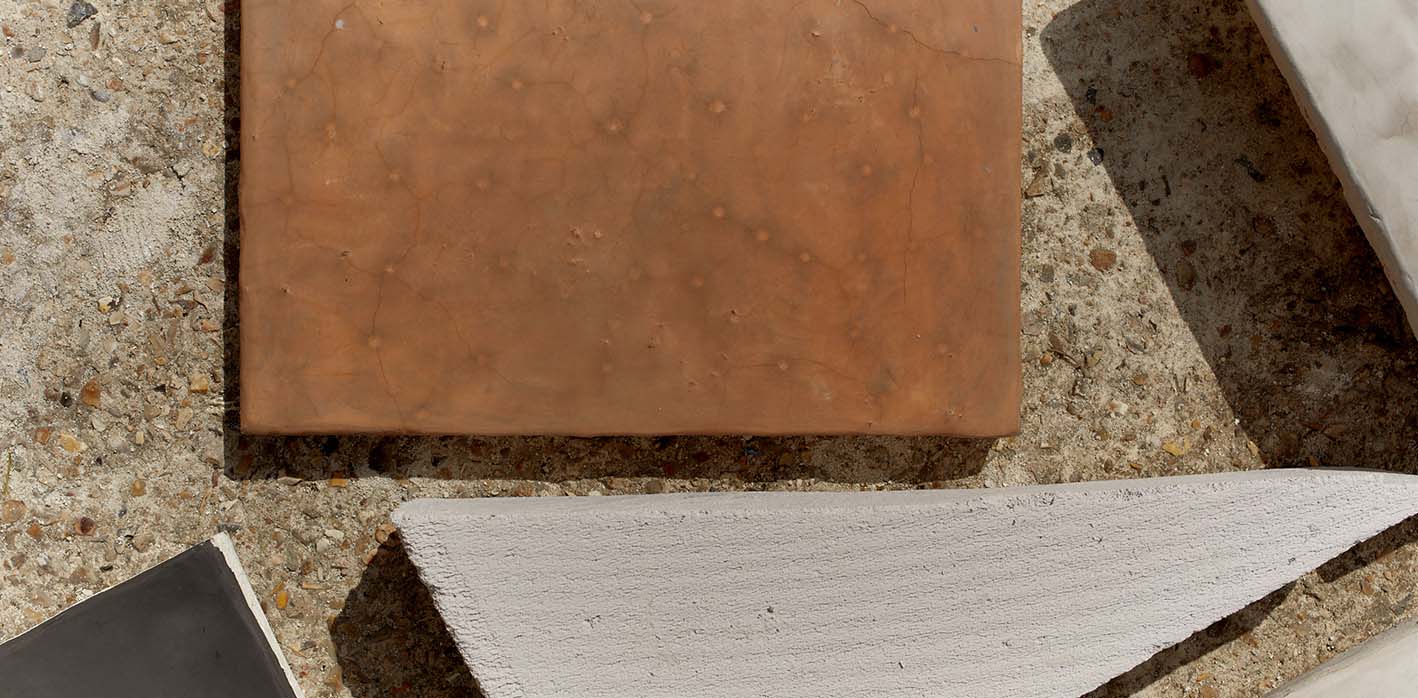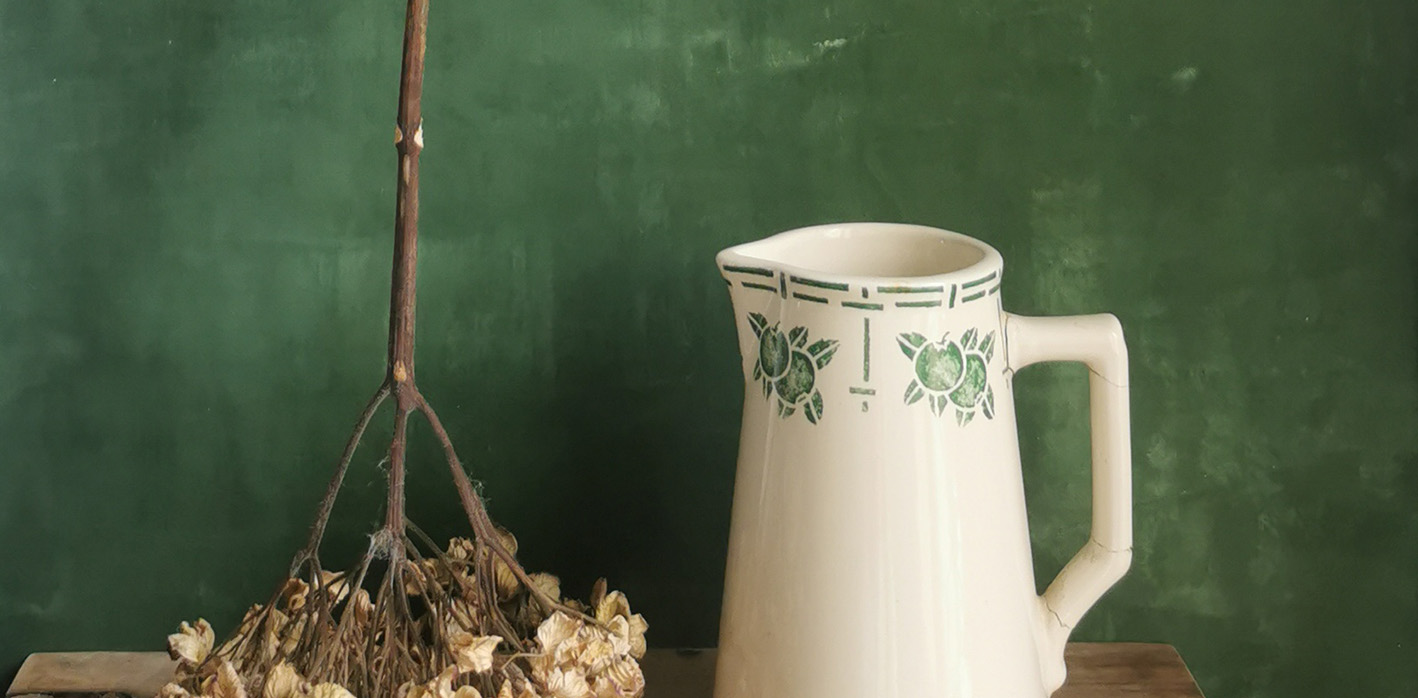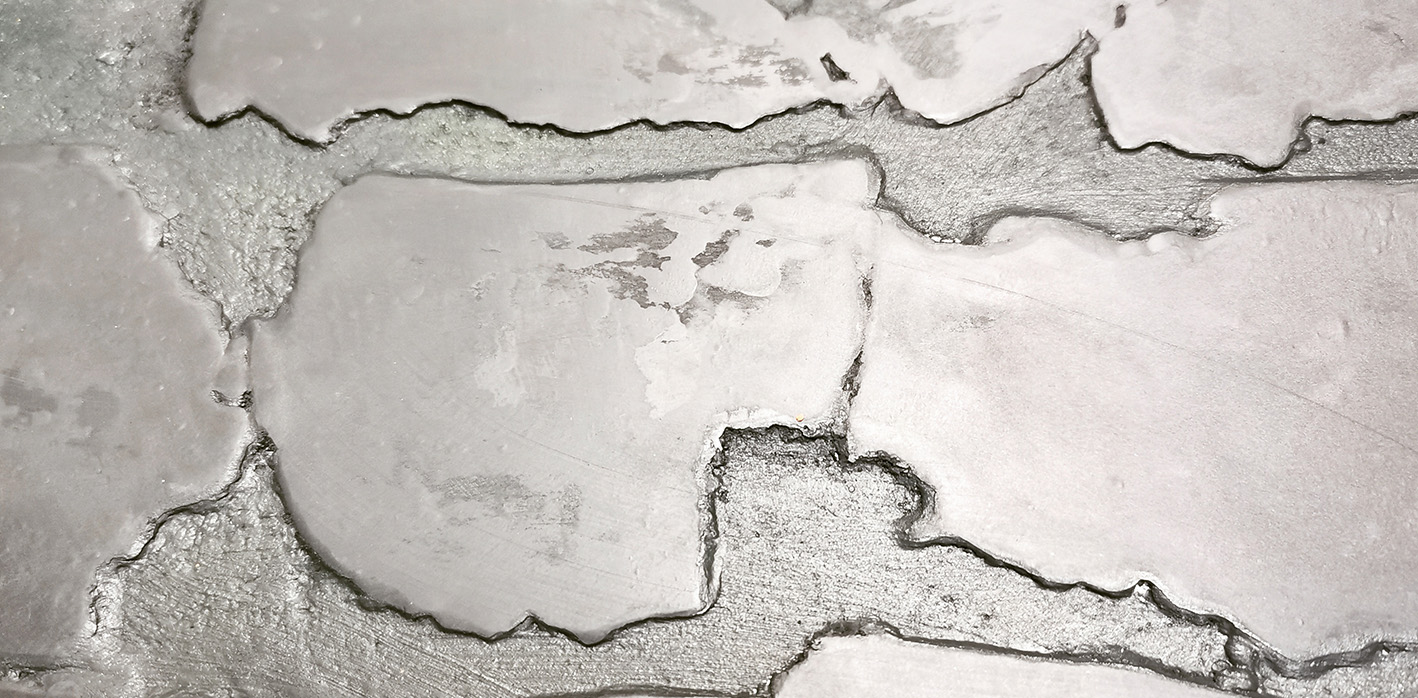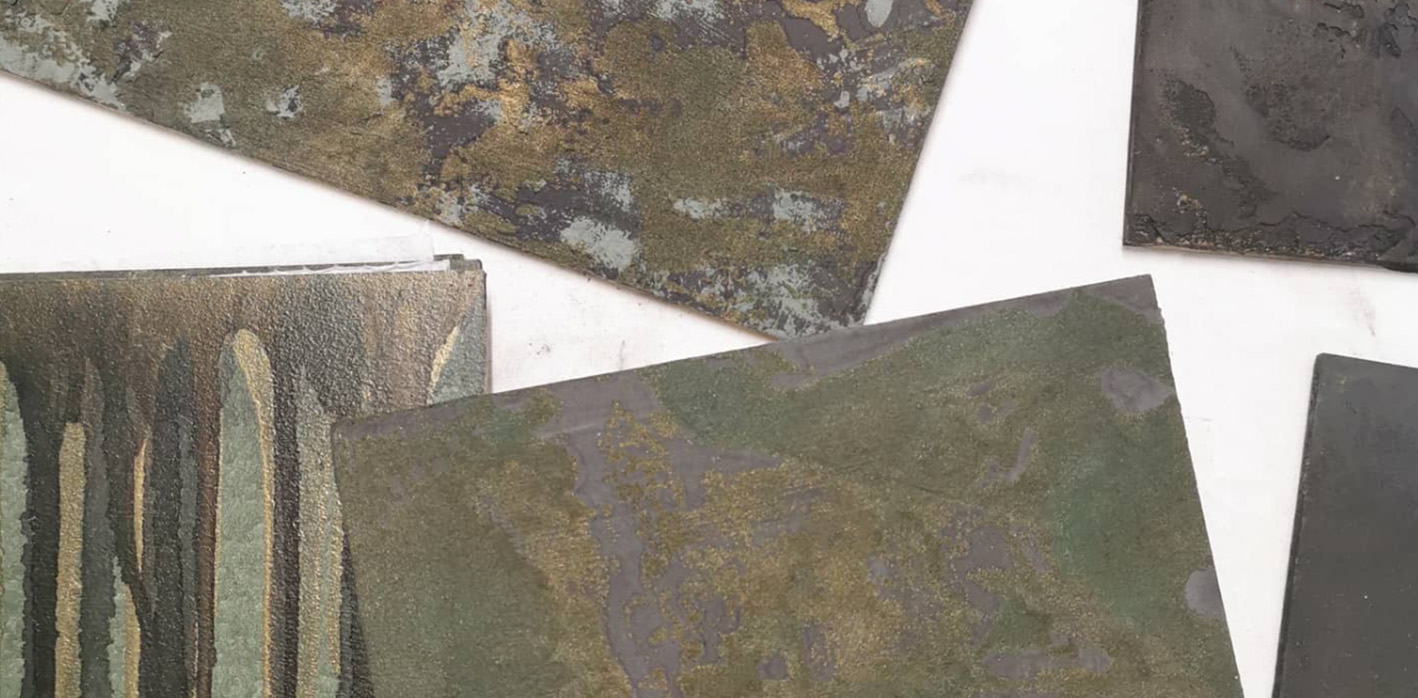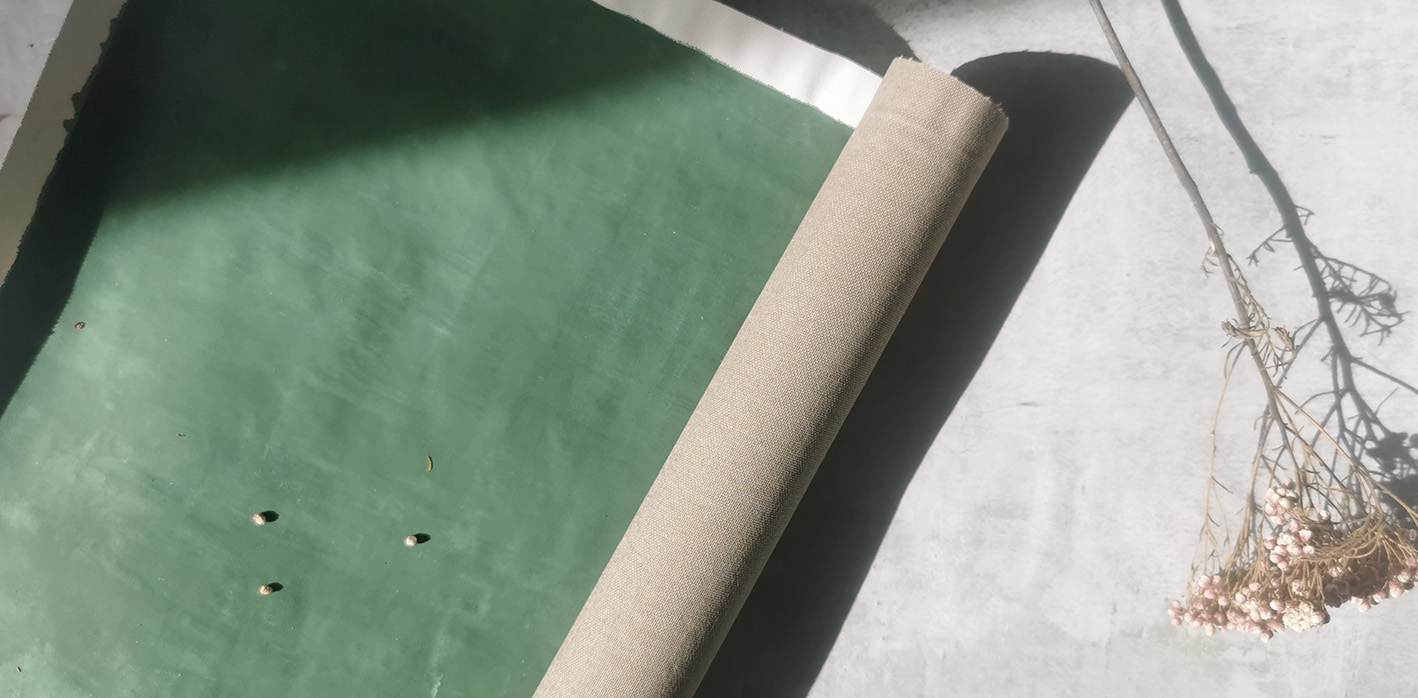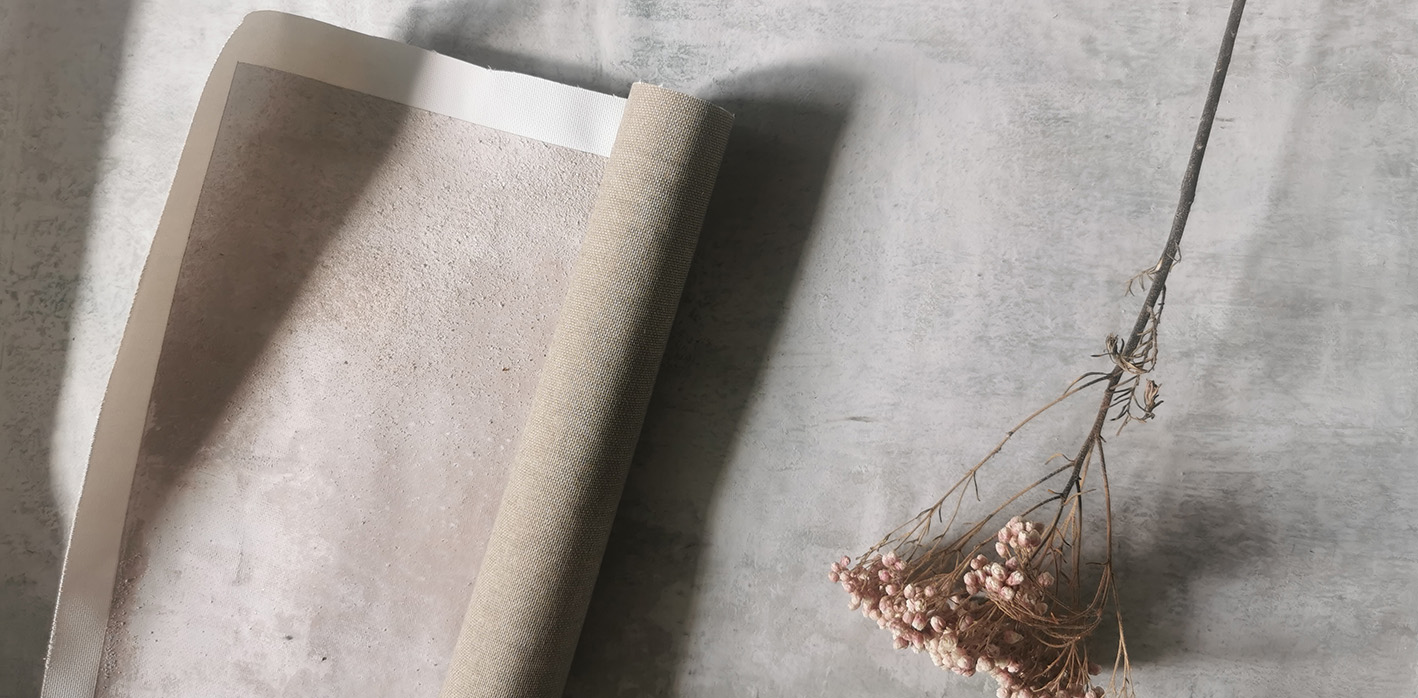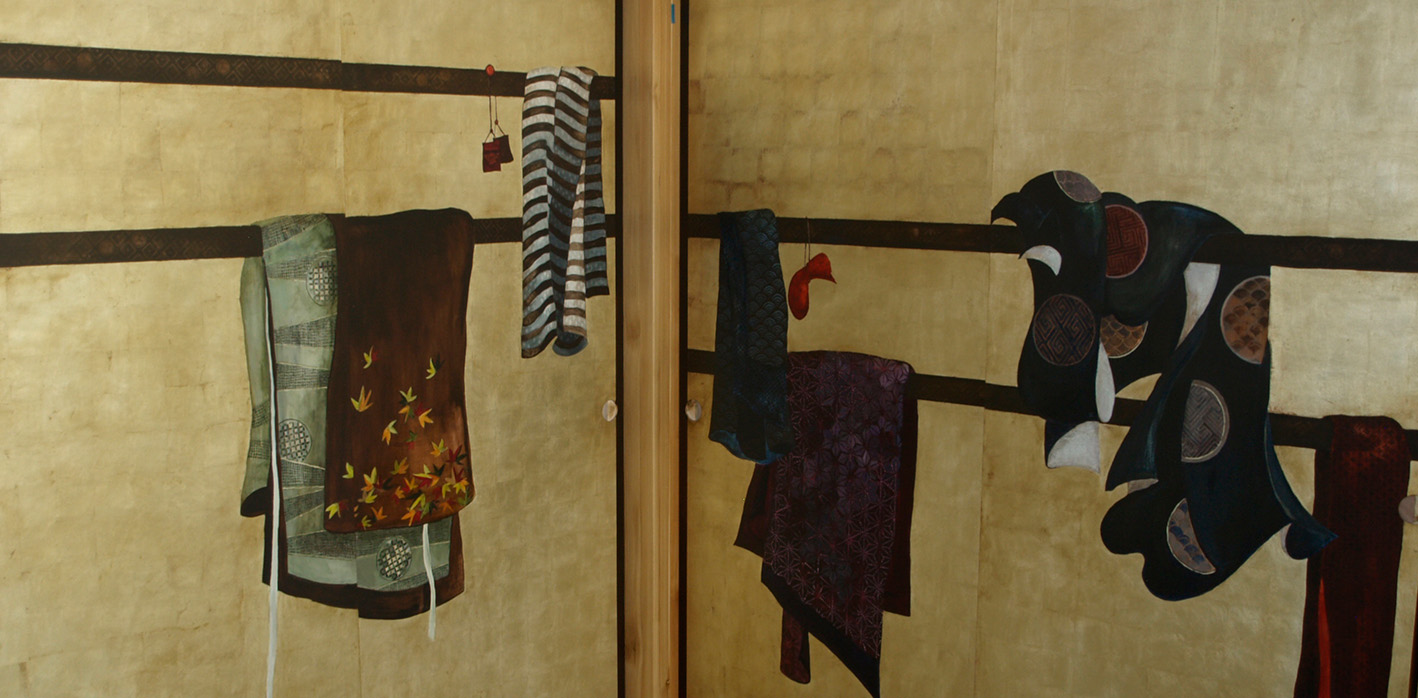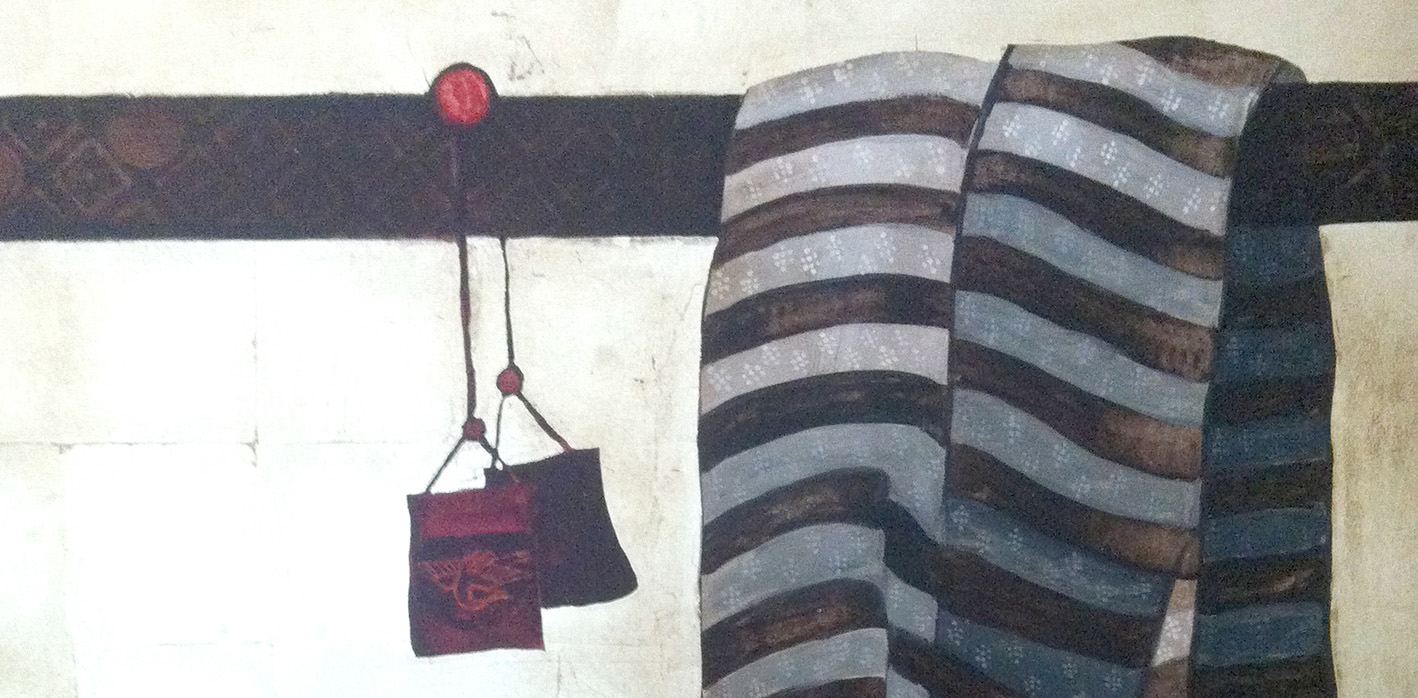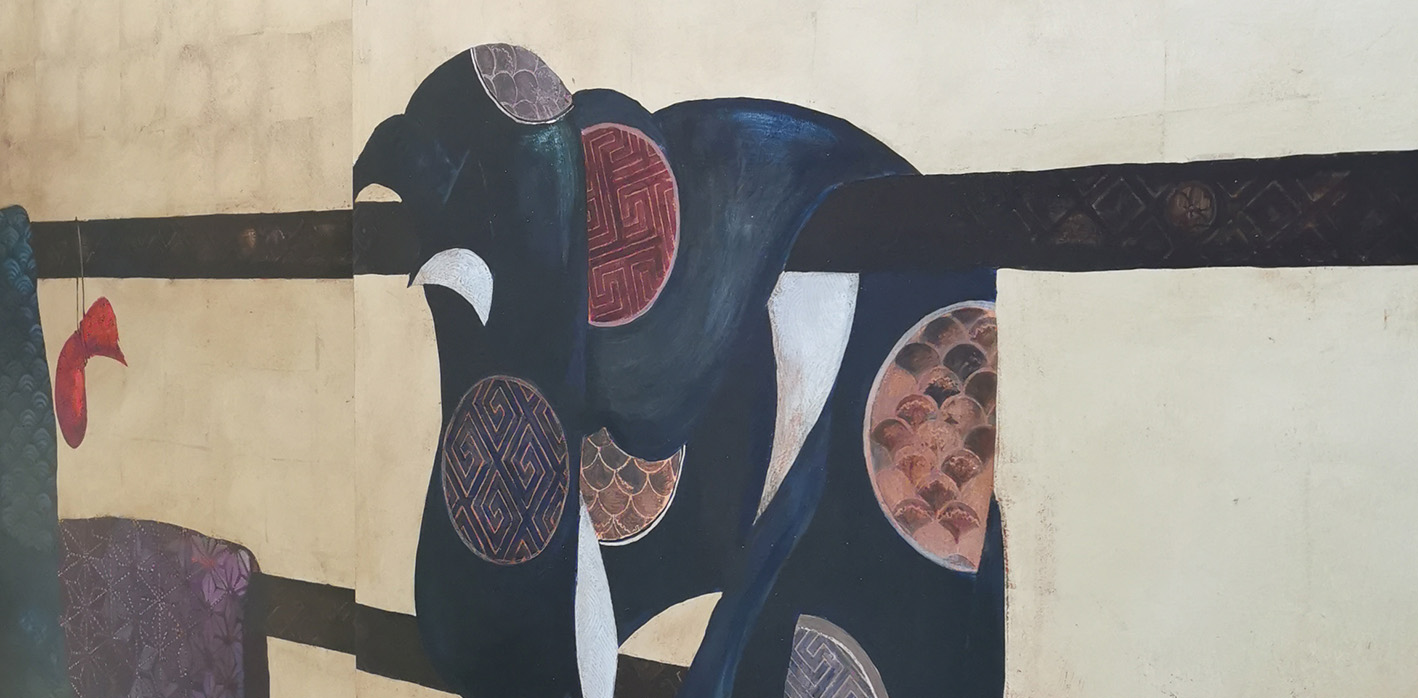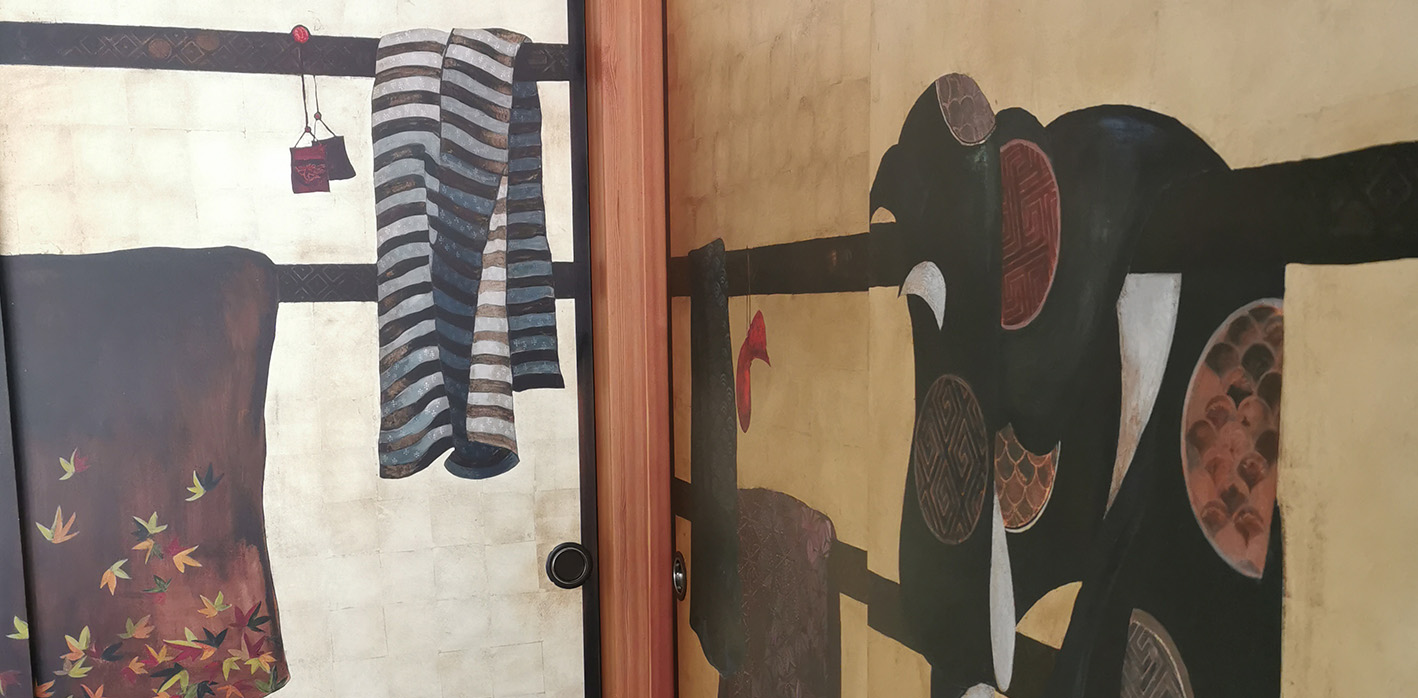Camille Viry
Plastic Artist / Decorative Painter
Camille Viry is a visual artist and muralist specialising in decorative painting. She creates custom frescoes and wall paintings for interior designers and individual clients in France and internationally. Specialising in lime plasters, her work is particularly influenced by Japanese and Italian aesthetics. Let’s explore her background, what drives herand her approach to her work.
Can you tell us about your career?
Creation has always been at the centre of my life. “Doing” but also acquiring a perspective, an artistic culture. I have been painting since I was very young. School has always been complicated for me due to dyslexia.
My mother quickly realised this and enrolled me in an art workshop on Wednesday afternoons. I was overjoyed. I dabbled in everything: plaster, painting, modeling, drawing, mosaic, ceramics…
I was also immersed in my father’s artistic world who would take me to discover at least two exhibitions every month in France and abroad. Creation has always held a very important place for self-expression.
I studied graphic design for five years at École Estienne , the higher school of arts and graphic industries in Paris, from which I graduated. I then worked as a graphic designer for a yearbut quickly realised that spending my day in front of a computer didn’t suit me.
How did your transition into the world of materials and decor happen?
One day, someone who knew about my love for painting asked me to create a mural at their place. Excited about the project, I accepted and quickly sought out training to help me meet this challenge.
That’s when I found and enrolled in the training program at the Ateliers de Vérone in Touraine, France. Starting as an apprentice, I worked my way up to assist Valérie Le Roy on almost all her projects, which allowed me to acquire a wide range of techniques and a deep understanding of the materials. It was like a companionship that lasted for about twenty years.
The Ateliers de Vérone specialise in all lime-based plasters and stuccos, and use bio-sourced materials, which is an important concept for me. In parallel, I had my own more artistic projects that gradually took up more and more of my time.
What inspires you the most in your profession?
What inspires me the most is working on very large surfaces. The artist who made me want to work on a large scale is Ernest Pignon-Ernest. Although his work is very different from mine, I was captivated by his art of staging and seeing all those papers rolled out in the city really left a mark on me.
I love to become one with the wall,
to be completely enveloped and taken by the colour,
by the material. It makes me vibrate.
I like to find the material, the pattern, the atmosphere that will make the decor resonate with the place it is placed in. The most satisfying thing for me is when the client tells me that they feel like the decor has always been there.
Can you describe your work and influences in a few words?
My work is strongly influenced by Japanese aesthetics, particularly the concept of Wabi-Sabiwhich celebrates the beauty of imperfection and the passage of time.
Italian frescoes in palaces and churches, the world of stone and stucco, are also part of my artistic DNA. I also work with layered painting, influenced by anthroposophical art. This results in the appearance of waves, dunes, and a gradient of different transparencies that create horizons and perspectives.
How do you work?
I always conceive my designs in dialogue with my clients. We build the proposal togetherstarting from existing work (samples, a previously created design to reinterpret) or from a specific idea, a desire where everything is to be imagined and designed.
I particularly like starting from the client’s idea to unfold a whole story. I work from samples that I develop in my workshop. Once the concept is approved, the project can be organised. I adapt my team according to the scope of the project, and I travel in France and abroad.
Can you mention some emblematic projects?
I had the opportunity to have carte blanche to restore the frescoes of an 11th-century chapel in Evreux. The chapel belonged to a private owner and was not protected by les Monuments Hisotoriques. The stone masons who were restoring the structure uncovered frescoes. For a year, I worked with a team to uncover these ghostly frescoeswhich I had the honour of reinterpreting based on the existing ones. This project was very moving.
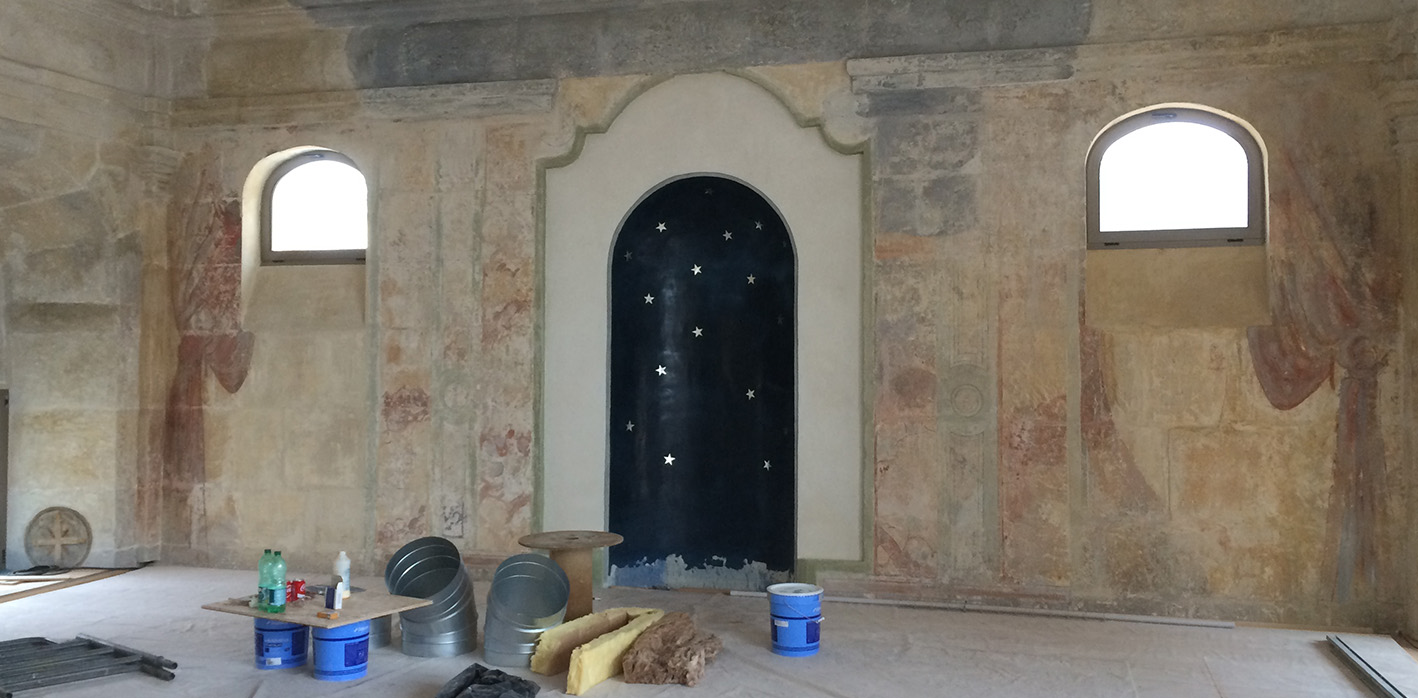
In a very different style, I created a fresco-style painting on the sliding doors of a house, using a Japanese print as a starting point. On a background entirely covered in gold leaf, I reinterpreted this print with kimonos on a larger scale as a decorative element.
For her gallery in the Palais Royal, Odile Texier handed me a beautiful ceramic plate and asked me to recreate its depth and nuances to adorn her walls. She also wanted me to incorporate a golden line reminiscent of kintsugi (a Japanese method of repairing broken porcelain or ceramics with lacquer sprinkled with gold powder). The decor serves as a showcase for the works she exhibits.
For the gourmet restaurant Jeanne-Aimée in Paris, we agreed on the Dune decor, which is typically done on paper using a layered painting technique. The fresco wall behaves like watercolour paper, so I created this large-scale decor that transports us to a soft world reminiscent of dawn or sunset, with mountain peaks at a time when the atmosphere is still hazy. It was quite a challenge to execute.
Photos – ©Florie Berger, ©Camille Viry
